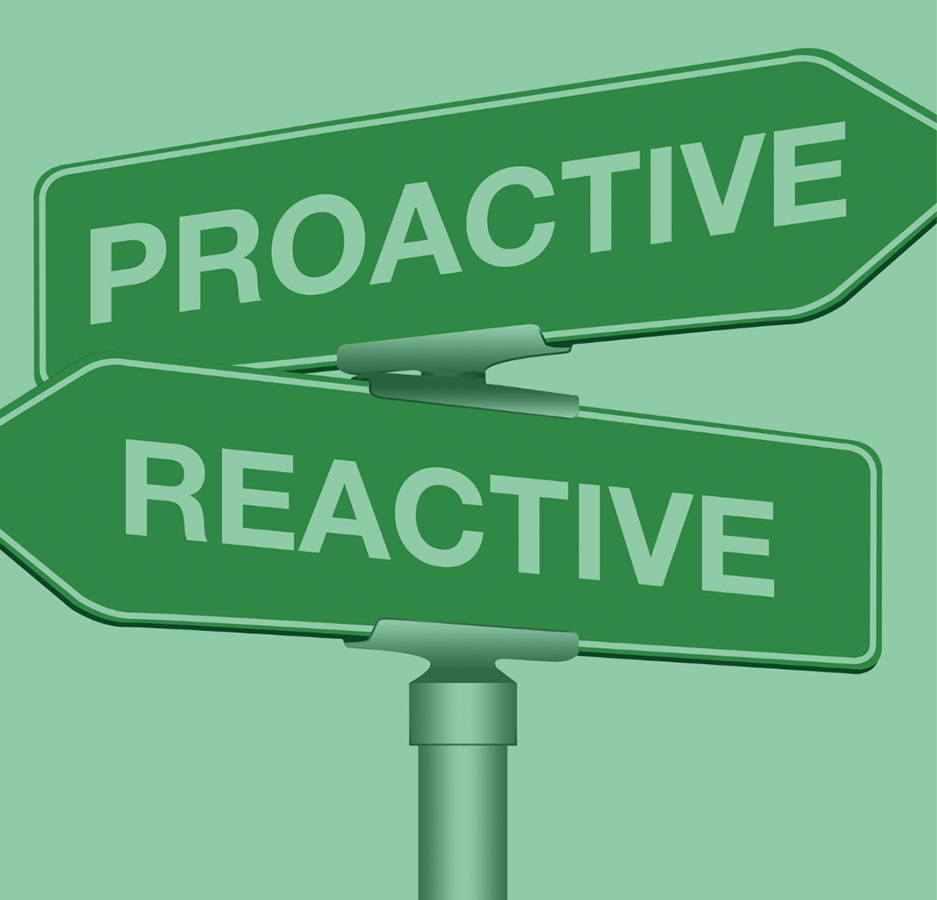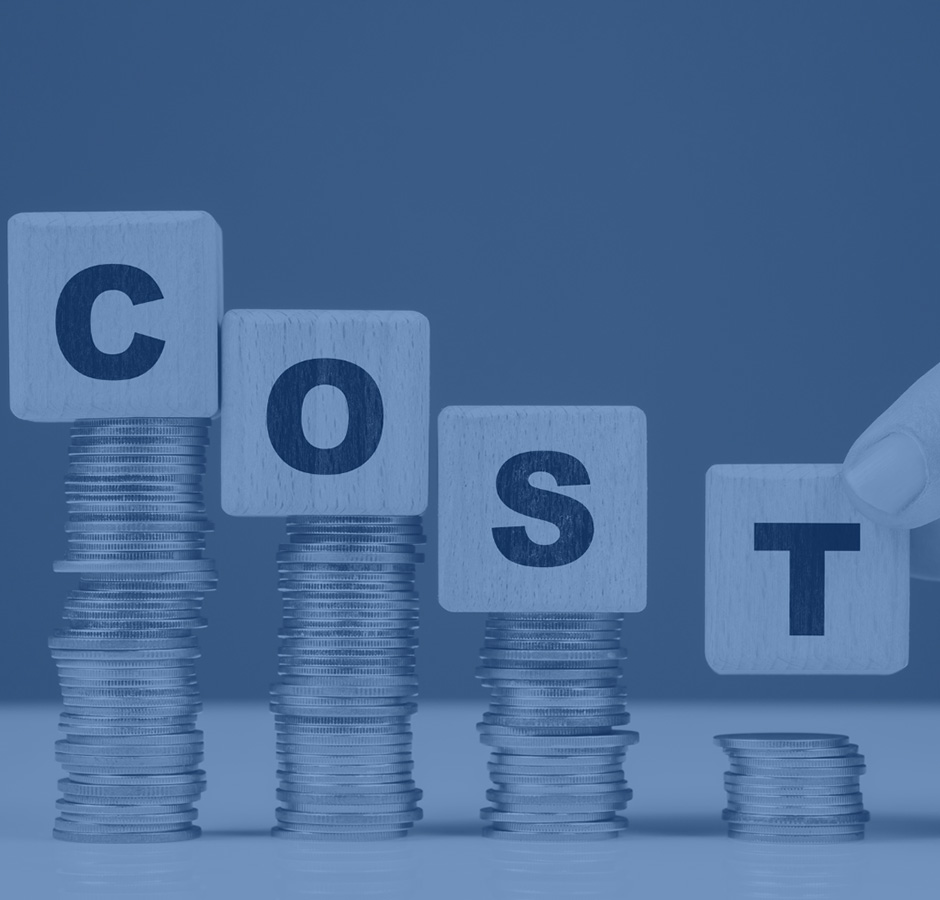When it comes to hiring, companies don’t want to waste the time, money, and resources to onboard a new employee that ultimately ends up not working out in the end. The cost can be staggering to not only bring on the new employee but then to have to turn around and find their replacement. Plus, the impact is not just financial. A bad hire can take a toll on employee morale, client trust, business performance, and much more.
The U.S. Department of Labor estimates that the financial cost of a poor hiring choice can be around 30% of an employee’s expected first-year salary. The higher the position within the company, the higher their earnings, and the greater the financial toll. Some companies could spend nearly $250,000 in associated expenses from one bad decision. That is why it is critical for hiring managers to get it right.
More than Just Monetary
Yes, the monetary cost of hiring the wrong person for the position can be significant. Expenses include things such as:
Advertising and recruiting for the role
Interviewing
Processing background checks and other employment paperwork
Relocation costs
Training and onboarding
These costs can quickly add up. And when the person turns out not to be the right fit, the company has to go through the entire process all over again. In addition, they may have expenses related to litigation if the employee questions their termination.
And costs extend beyond just the surface of monetary expenses. They also include thing such as:
Time. Interviewing, onboarding, training, and getting the person up to speed on current projects, clients, and responsibilities all take time. This can mean that other employees spend less time focused on their own tasks while they are trying to help someone new to acclimate.
Culture. A bad hiring decision can quickly tear down company culture. Existing employees may feel the effects of poor leadership or lack of management skills. They may have to increase their own workload to pick up the slack or compensate for someone else’s lack of training. If the new hire leaves, this once again leaves a void that must be filled. All of these changes can take a toll on employee morale and job satisfaction. If things become too strained, the company may end up losing valuable employees along the way.
Reputation. With the wrong person at the helm, the company’s reputation may suffer as well. Clients may not receive the level of attention or service that they are used to or have come to expect. New accounts may suffer from poor leadership and direction. Not only will clients’ impression of the business change, employees’ perception may shift as well. They may become less powerful brand advocates because they’re unsure of where things are headed or do not stand as strongly behind the organization as they once did.
What Causes Bad Hires?
There are many factors that go into a bad hiring decision. For one, the hiring manager may simply lack the knowledge and training to find someone who is a great fit. They may not be asking the right questions or have enough information about the position they are trying to fill and what a strong candidate looks like.
The company may also feel pressured to fill the position quickly, leading them to hire someone who seems to be an okay fit, rather than taking the time to find someone who is truly right for the role. As business demands grow or other employees are feeling the burden of the empty position, it can increase the push to get the spot filled immediately.
The hiring manager may also miss red flags during the interview. They may be more focused on whether the candidate checks all of the boxes as far as skills, education, and experience that they overlook other signs that may show they’re not right for the company culture. A candidate may look great on paper, but struggle when it comes to soft skills or answering higher-level questions that could give insight into how well they’d fit within the organization. Hiring managers must be trained to be attuned to these things.
How to Improve the Hiring Process
With the cost of bad hiring decisions looming, how can companies improve their chances of finding the right candidate for the job?
Establish a structured interview process. Create a standardized format that every interview follows. Each candidate should meet with the same person or panel if possible. They should all answer the same questions in order to level the playing field. Make sure that the hiring team adheres to the same standards and expectations, and that they know what key qualities and traits are essential for the role. You want to find a candidate that is not just a good fit as far as skills and experience, but also as a leader and person.
Provide relevant information to candidates. When advertising for a job opening, include information about the company and its culture. Consider adding short video clips that discuss what it is like to work for the organization and what its mission and vision are. This can help applicants decide ahead of time whether the culture is a good fit from their perspective and if they still want to apply. It also sets a basic understanding of what is expected of employees.
Create a stronger onboarding process. One reason employees may end up leaving a company or not working out is because they did not have the right opportunities to get acclimated and see how they fit in. Ensure that they are ready to hit the ground running on their first day and have everything they need as far as ID cards, computers, log-ins, and access. Give them a tour of the space and point out important places. Introduce them to the main people they will be working with, and let them know who to turn to if they have questions. Check-in after the first 30 days to see how they are doing and if there is anything they need. Continue to follow up after 60 days, 90 days, six months, and a year. Catching potential problems early on can allow them to be resolved quickly before issues become more serious.
Check references. Do a thorough background check on the candidate and don’t discount the value of talking to references. Discussions with previous employers, supervisors, and colleagues can provide valuable insight into what the person is like – good and bad! If you have a gut feeling that something isn’t right, do your research. You want to hire someone that you feel comfortable with and who has what it takes to do the job right.
Not every bad hire can be avoided. Some people start off great, and for reasons beyond your control, they end up leaving, or something goes wrong and they must be terminated. But by having strong processes and procedures in place, you can curb the chances of making a bad hiring decision and instead identify a candidate that exemplifies what your company stands for.



